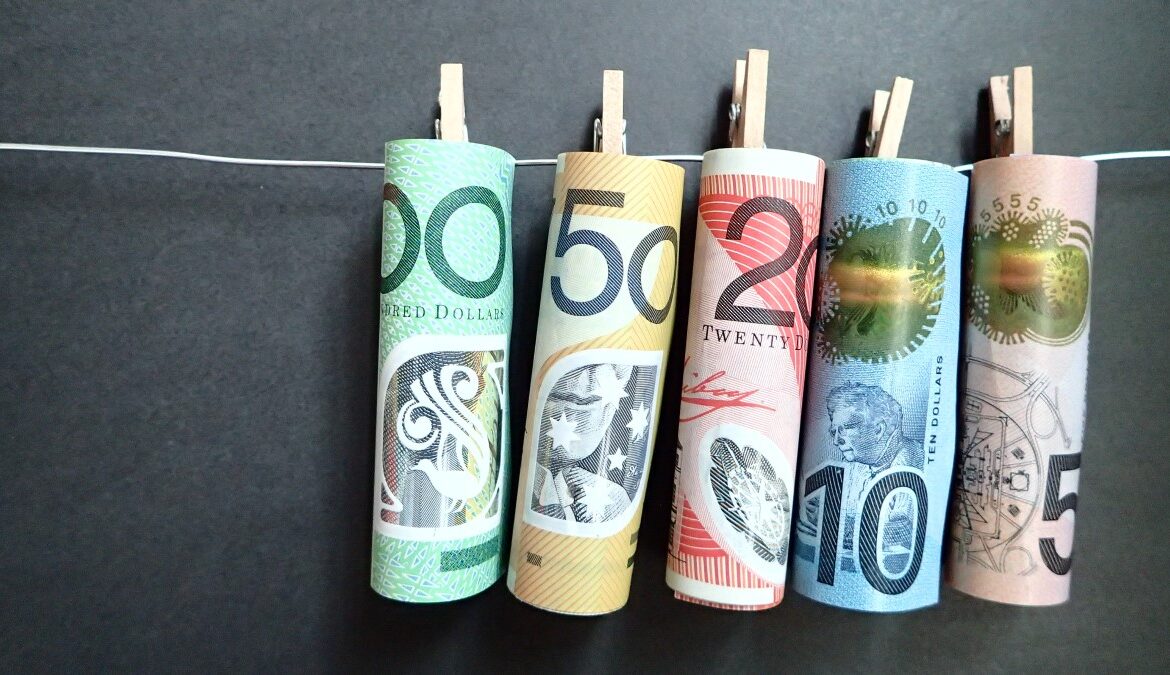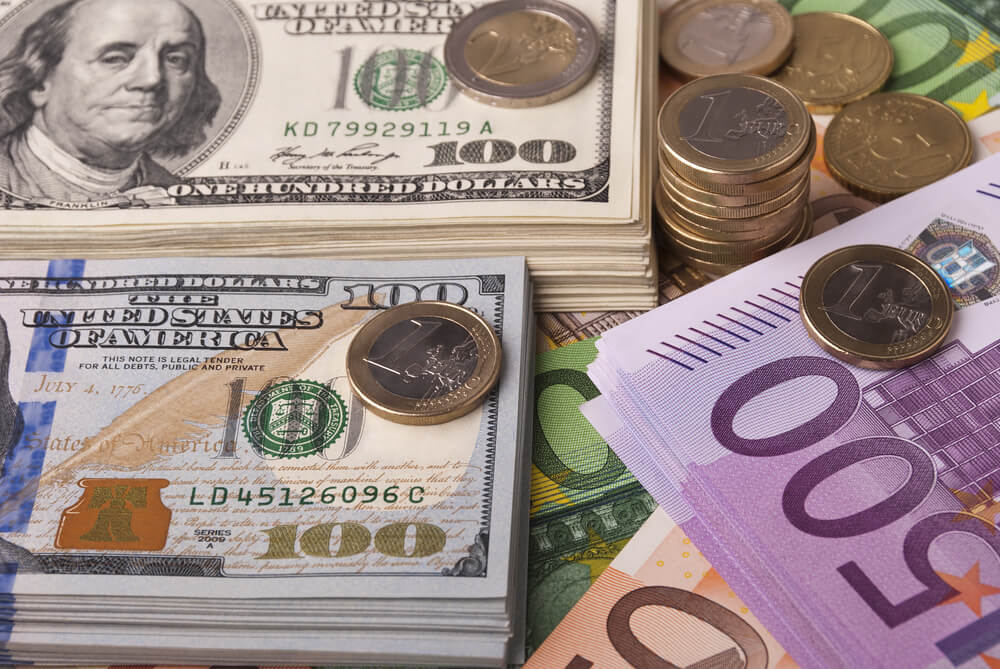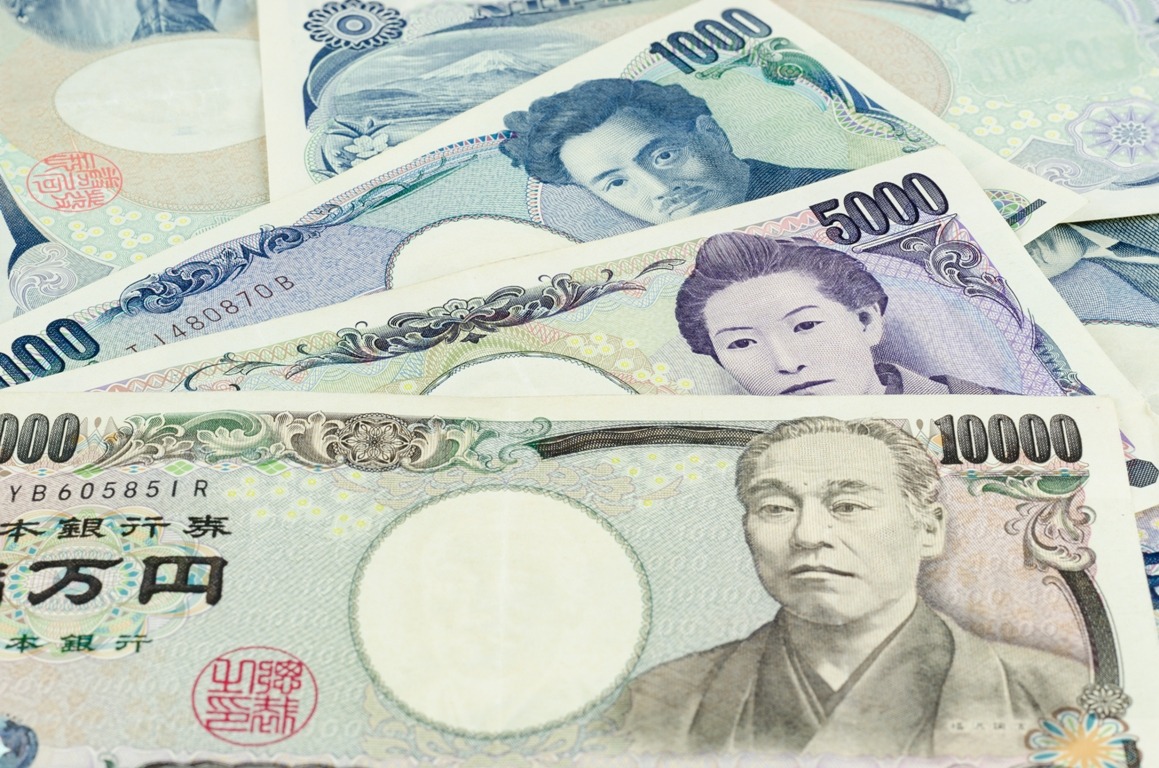The Australian dollar rallied overnight as risk appetite lifted some market segments but left others on the downside. Today’s Consumer Price Index (CPI) has weakened it, and the spotlight is now on developing RBA rates.
Australian currencies, Kiwis and other high-beta currencies found support, as did some commodities that suffered a close in New York. WTI crude oil is up more than 6% this week.
Wall Street eased slightly on Tuesday as attention returned to the possibility of a Fed rate increase at its next meeting in early May.
The apparent resolution to the banking crisis has diminished investor fears of further contagion. US regulators made the pilgrimage to the Capitol yesterday to appear before the Senate.
They made known that the problem with Silicon Valley Bank Financial was the vital mismanagement of the balance sheet.
Known as a duration or asset-liability mismatch, the bank employed customer deposits to purchase government bonds with maturities lasting several years. This usage means perpetual cash deposits (liabilities) are backed by long-dated bonds (assets).
The value of these bonds (assets) has deteriorated significantly as their yields have increased rapidly through 2022. Accountability to depositors (liabilities) has remained unchanged.
The positive side of sentiment is that, at first glance, the Silicon Valley Bank issue is unique to this bank and not systemic.
However, AUD/USD consolidated nearly 67 cents on the news ahead of today’s Australian Bureau of Statistics (ABS) monthly CPI.
They started this data series last September; two such releases are under the quarterly data. These impressions cover 62-73% of the weighed quarterly basket.
Australian currency data analysis
The Aussie declined to $0.6692 AUD=D3 after rallying nearly 0.9% overnight and pulling away from the $0.6625 support. The main resistance is the 200-day moving average of $0.6754.
The New Zealand dollar Kiwi traded at $0.6255 NZD=D3 after gaining 0.9% overnight. Support is at $0.6182, and resistance is around $0.
Australian data showed that the annual Consumer Price Index growth slowed to 6.8% in February from 7.4% in the previous month, below the market expectation of 7.1%.
The RBA’s authorised inflation target of 2-3% over the business cycle is compared to the quarterly Consumer Price Index.
Today’s result at the end of February was 6.8% year-on-year versus a forecast of 7.2%. Slight price pressure caused the Aussie to fall.















